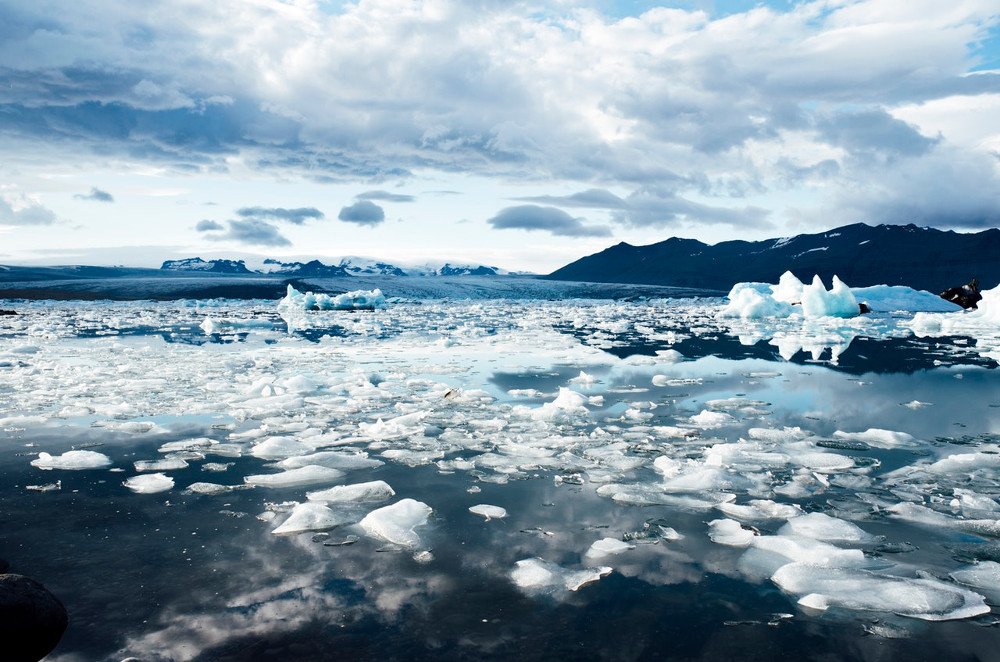Humans are dumbest creatures to exist on this planet. There is enough proof in this world to confirm the absolute stupidity of the man’s approach. He thinks as if he is reaping benefits through scientific technology and innovations but in reality, he is indirectly destroying other life forms.
Also, read: 10 Pictures show How Humans have Destroyed Nature & Wildlife
There were so many living creatures which have become extinct because of humans. Having turned the planet from bad to worse, one day he will not have any option to escape from the clutches of the deadly disaster which is destined to wipe out the lives of humans once and for all.

Global climatic change is now seen as a larger issue in today’s world. With climate change, obviously there comes a rise in temperature and thereby polar ice caps would melt in no time only to raise water levels in the sea. It’s really hard to imagine how the Earth was and is now.
Though there is technology to better the lives of human beings, there isn’t one to restore the planet back to normal. Humans should immediately take all possible measures to save the environment instead of wasting time in useless researches.
Now, the bad news is that the glaciers are speeding up to melt way too faster than the scientists had thought. The researchers from the University of Zurich behind the study combined data from field observations of glaciers in the Arctic region including the others in Alaska, the Alps, and elsewhere. They discovered that glaciers around the planet have literally lost more than 9 trillion tons of ice between 1961 and 2016. Due to that, water levels have also risen a frightening 27 millimetres.
As per the study, the biggest contributors to the melt were glaciers in Alaska, after which the Patagonia region in South America, and then comes glaciers in the Arctic. It has been learnt that glaciers in the Alps, Caucasus, and New Zealand also lost large amounts of ice.
With the help of data collected from both field observations and satellites, the researchers were able to decode how the thickness of ice in these regions have changed over the years.
“By combining these two measurement methods and having the new comprehensive dataset, we can estimate how much ice has been lost each year in all mountain regions since the 1960s,” said Michael Zemp, who led the study. “The glaciological measurements made in the field provide the annual fluctuations, while the satellite data allows us to determine overall ice loss over several years or decades.”
The amount of glacier ice lost each annual year has increased to a larger extent in the last 30 years. As of 2018 i.e 335 billion tons of ice melted in one year, means that sea levels will rise at least 1mm per year.
Scientists had earlier estimated that sea levels would rise 30cm by the year 2100. This new outcome could possibly mean the changes we see in the next couple of decades will be worse than estimated. With the constant increase in sea levels, there would obviously be flooding of low-lying areas and fierce hurricanes, tsunamis, and storms.
..











